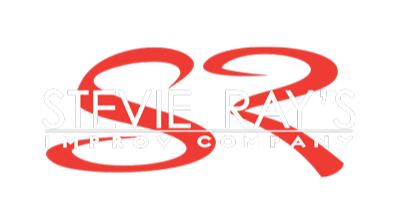First published nationally in the Business Journal Newspapers, September 2021
In the movie, Finding Forrester, Sean Connery plays an aging writer who mentors a high school prodigy. When the mentor discovers that the young man is dating a fellow student, he tells him, “The key to a woman’s heart is an unexpected gift at an unexpected time.” The next scene has the young lady opening a gift from her boyfriend and saying, “This is so unexpected!” The mentor’s advice actually aligns well with research on how to manage distributed teams.
A distributed team is one that works in different geographic locations; not officed all in the same building. The delicate nature of human communication—with its reliance on visual and auditory cues—makes leading and influencing distributed teams a unique challenge. Without the benefit of face-to-face communication, distributed teams are at higher risk of turn-over, poor innovative thinking, and lack of engagement. If there is one thing the pandemic has created, it is a massive shift toward a distributed team model; with some companies planning to make distance working a permanent part of their culture. But, to do so without planning on how to manage communication in this new environment can spell disaster.
Research has discovered that, to keep distributed teams connected, communication with team members must have two important elements. The communication must be frequent, and random. The human brain craves communication, but it must be genuine. And genuine communication is not planned, it happens when it happens. When communication is both frequent and random, it is a signal to the receiver that the other person cares. If you only hear from someone every now and then, or it only occurs at scheduled times, it doesn’t appear there is much care involved. Like the advice to the young suitor, if you want to show you care, your actions must be unexpected event at an unexpected time.
Most leaders would say, “Frequent and random doesn’t work in a business setting.” That is true. How do you surprise someone in the world of Zoom? Efficiency means you schedule a meeting so you can check in with everyone, and then get back to work. That certainly is efficient, but measure the time saved against the time wasted trying to fill positions that are vacated because your staff felt disengaged from the company. Or measure the effectiveness of tightly scheduled communication against lost productivity and poor creativity; all of which occurs when staff feels disconnected.
So, how do you engage in frequent, random communication when people don’t work in the same space. Ironically, you plan it. There is an old saying, Creativity is borne of structure. Leaders must plan random connections, without staff knowing that it was planned. To keep distributed teams engaged, leaders must recognize the importance of going beyond the information provided during communication, but whether the meeting did its job in connecting the workforce. The questions leaders should ask when planning engagement is, “How can I surprise my staff. And how often should I do it?” Regularly scheduled meetings are fine. Routine is necessary to provide a calming structure for the brain. But frequent and random connections are needed to keep the person connected to the group.
I had a couple of staff members who had been doing exceptional work for the company. When I told my co-director that I wanted to recognize them at a meeting, she said, “No. Send them each a surprise gift as a thank you.” She even directed that the gifts be specific to the person, based on their personal interests (reading, cosmetics, fishing, etc.). Because the gifts came as a surprise (random), the employees acted like they had just won the lottery. Communication doesn’t need to include a gift to engage your staff. If the communication is a surprise, and happens often enough, the communication is a gift in and of itself; especially if you talk about something other than work for a change.
Good leaders must plan to surprise their staff, and the surprises must occur more than once a year. So, the old sage’s advice can work for business could be changed to, “The key to a staff member’s heart is an unexpected gift at an unexpected time.”
Stevie Ray is a keynote speaker and trainer, bringing his program, “The Roadmap to Influence” to organizations nationwide. He can be reached at 952-500-9230 or stevie@stevierays.org.




